WORLDS APART
The fragmentation of existing systems of order under the intense pressures of change has yielded new, more complex systems we have yet to formulate, hence understand, in clear terms. A period of exploration has been forced upon us, and we have no choice but move deeply into a new landscape of unknowns. The previous systems of order, which are based on well-understood principles of unity, repetition, variation, and hierarchy, are useful only as points of origin, and no longer as destinations. Entering the unknown terrain, we understand that unity, even totality, can no longer be rationally achieved. We must say goodbye to them as we would to old friends whom we will never see again.
We are confused by the apparent randomness—the seeming chaos—of the new conditions. We cannot easily accept the random as reasonable—our self-consciousness insists on control, and the random resists control, in the same way as a storm or an earthquake. The random pushes us toward mere reaction, and we lose initiative. We throw the dice, or the straws. They land this way or that, and we struggle to interpret. Our creative powers become useless. But, maybe not.
In our explorations and experiments, we discover that there is a human equivalent to randomness, and that is spontaneity. When we are spontaneous, that is, when we act without thinking, we are not really acting without any thought about what we are doing, but releasing our personal knowledge in other than the step-by-step way we—in the West—usually consider rational. We cannot be random in the same ways as the world fragmenting around us, but we can engage the randomness, not merely react to it, with our powers of spontaneity.
Architects are the most controlling of creators, who want to see the final result of their work in advance and then do all they can to see it realized. They are, accordingly, the least spontaneous of people. They work well, and always have, with autocrats in business and politics, who also have pre-determined goals and are ruthless in pursuit of them. Autocrats uphold the old systems of order, which they understand very well how to control, and so do architects.
A newer generation of architects will certainly take up the challenges of complex and confusing new systems of order by engaging the fragmentation and randomness with new principles of design that do not insist on controlling outcomes, and integrate their own spontaneity with that of the many who build—and inhabit—our emerging worlds.
LW
Early studies for The Fall installation in Paris:
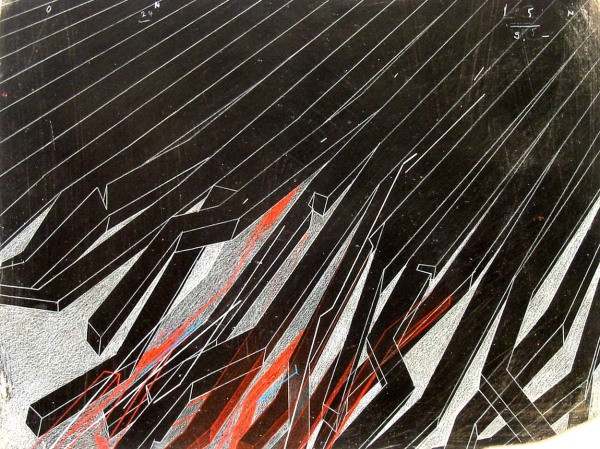
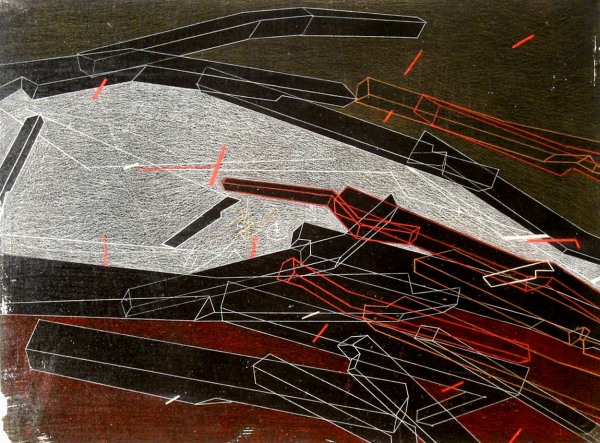
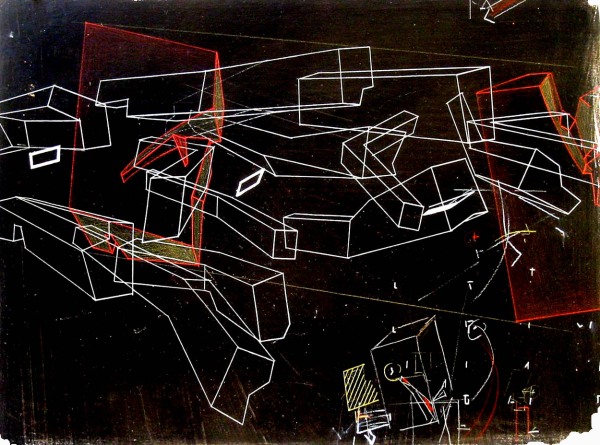
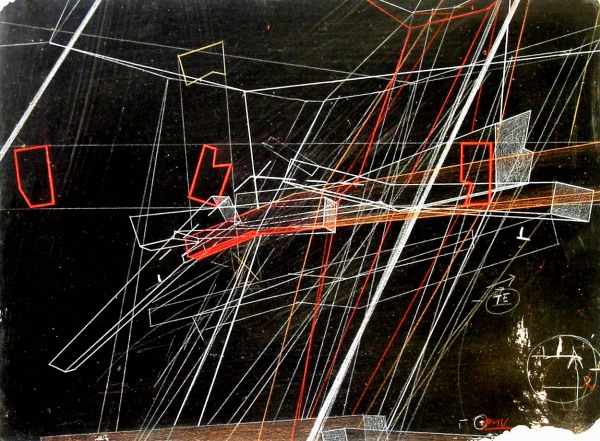
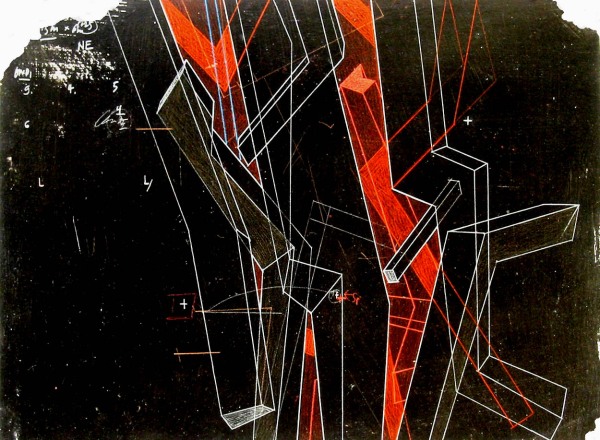
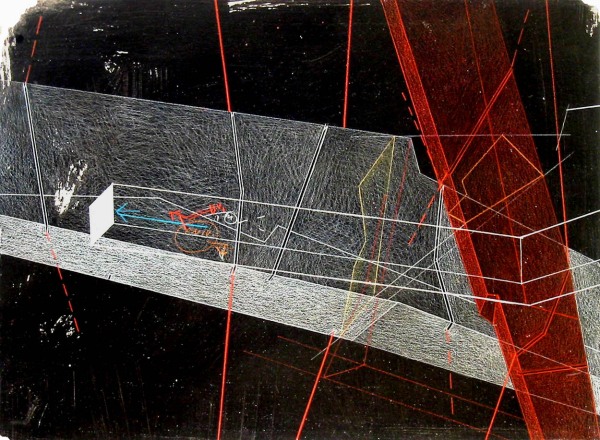
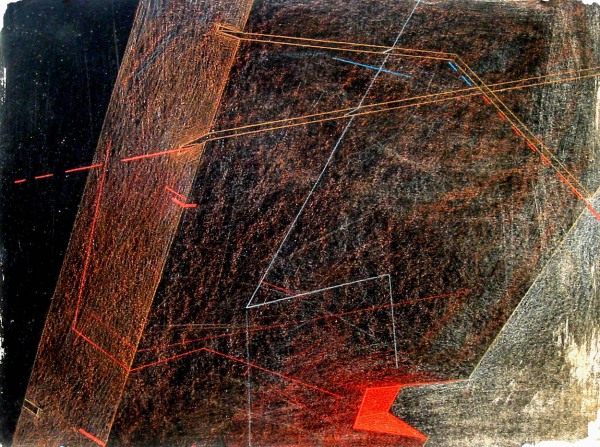
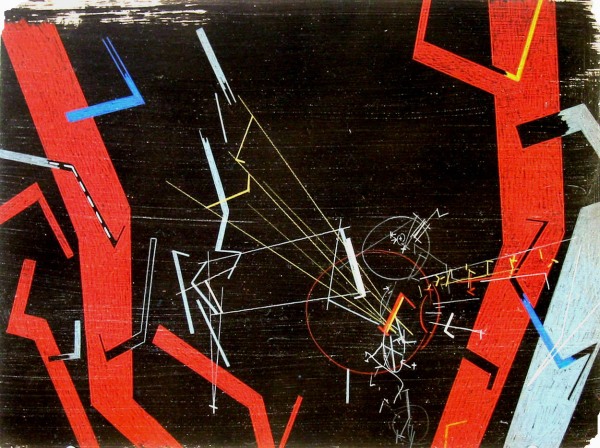
From the Carnegie Museum of Art exhibition “Lebbeus Woods: Experimental Architecture” (2004-5):
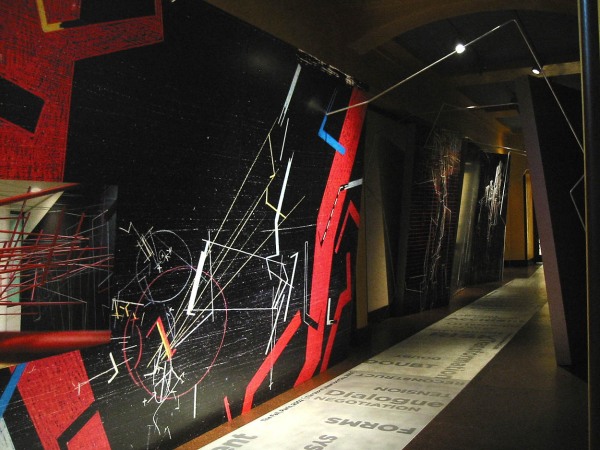
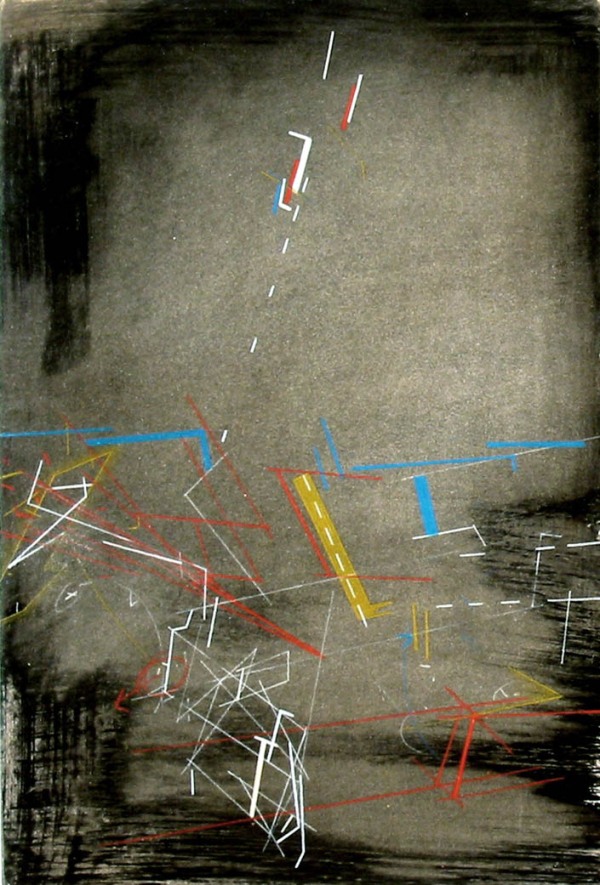
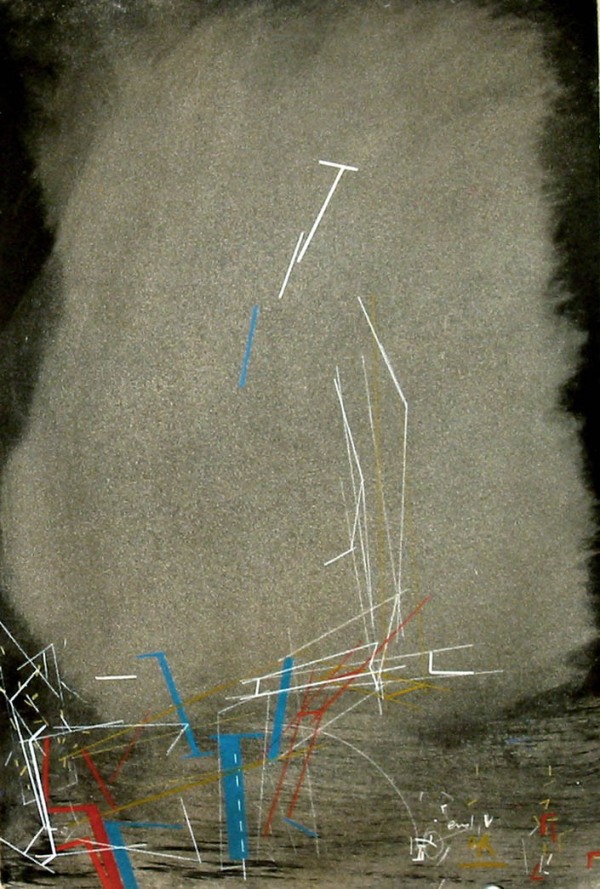
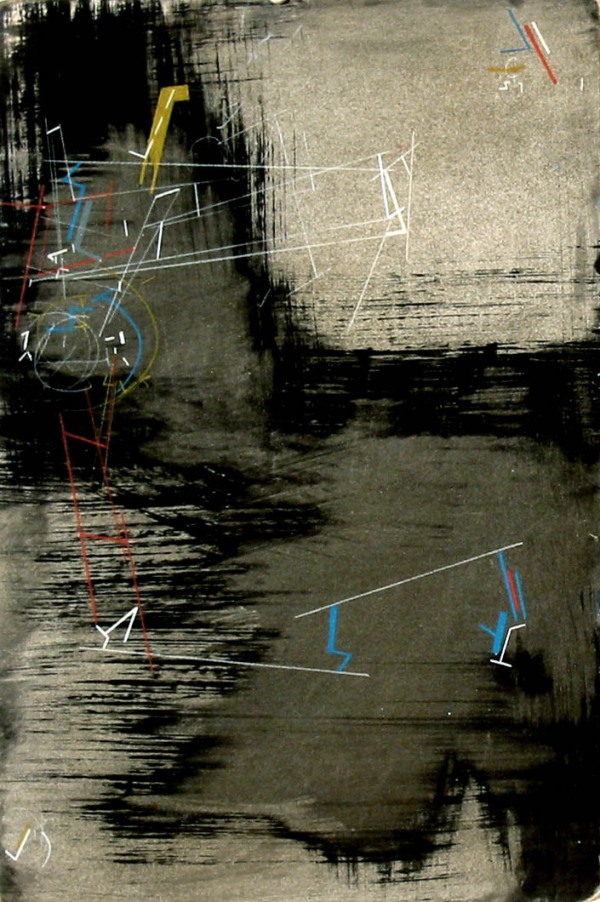
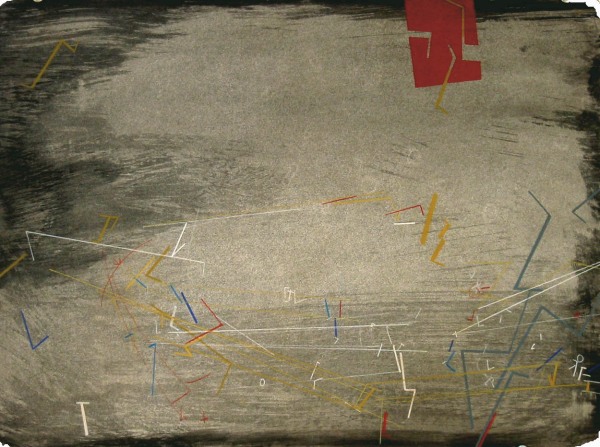
About this entry
You’re currently reading “WORLDS APART,” an entry on LEBBEUS WOODS
- Published:
- February 20, 2009 / 5:04 pm
- Category:
- Lebbeus Woods
- Tags:
23 Comments
Jump to comment form | comment rss [?] | trackback uri [?]